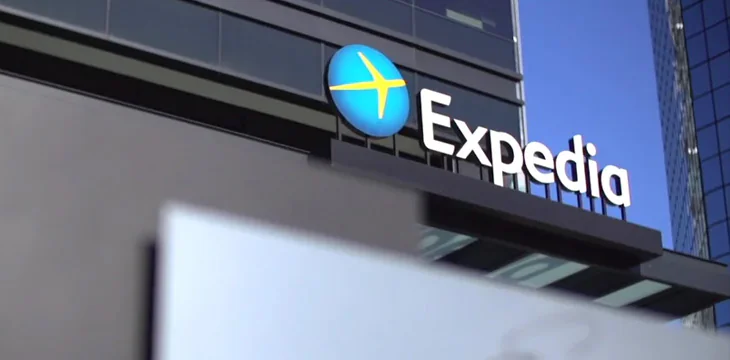
|
Getting your Trinity Audio player ready...
|
This marks an end to the company’s four-year business relationship with BTC.
While the removal has been discreet and the company made no announcements about the move, a spokesperson for Expedia has confirmed that the website “no longer accepts digital currency Bitcoin” as of June 10.
Some speculate that the removal may have been caused by the decision of crypto exchange Coinbase (NASDAQ: COIN)—which served as Expedia’s partner in its crypto payments—to “retire” their Merchant Tools in favour of their newly launched Coinbase Commerce.
The volatility of cryptocurrencies has also been noted as one of the major reasons why merchants are reluctant to accept them. To address the issue, some wallets and exchanges enable quick switches between crypto and fiat on their platforms. But BTC’s erratic fees have made it difficult for merchants to accommodate transactions, causing the cryptocurrency to lose some of its biggest clients.
In December last year, video game distribution giant Steam gave up on accepting BTC payments. During that period, transaction fees exceeded the block reward at some point. Shortly after, in January, Microsoft also removed BTC as a payment option for their products.
The Lightning Network, a second layer solution that has been marketed as the solution for congestion and payments on the legacy chain, is not doing very well either. A recent study from Diar states that the reliability for payment routing is low even for transfers at only a few dollars, and gets worse for large transfers. And the fact that it requires senders, receivers, and intermediaries to be online at the time of transaction encourages the creation of large central hubs.
Since going live in March, very few merchants are adopting it—perhaps due to a messed up KYC issue as Andreas Antonopoulos pointed out early this year. According to Antonopoulos, it makes bookkeeping a nightmare for exchanges, particularly those that comply with regulations.
“Imagine this from Coinbase’s perspective. They have a fully KYC/AML-ed customer on one end of their connection, but if they receive a payment that’s going to that customer over the Lightning Network, they have no idea whether that customer’s the final destination. If they receive one coming in from that customer, they have no idea if that customer’s the origin, which means their KYC just fell apart – completely fell apart,” he says.
Recommended for you
Lorem ipsum odor amet, consectetuer adipiscing elit. Elit torquent maximus natoque viverra cursus maximus felis. Auctor commodo aliquet himenaeos fermentum
Lorem ipsum odor amet, consectetuer adipiscing elit. Accumsan mi at at semper libero pretium justo. Dictum parturient conubia turpis interdum

 11-10-2024
11-10-2024 


